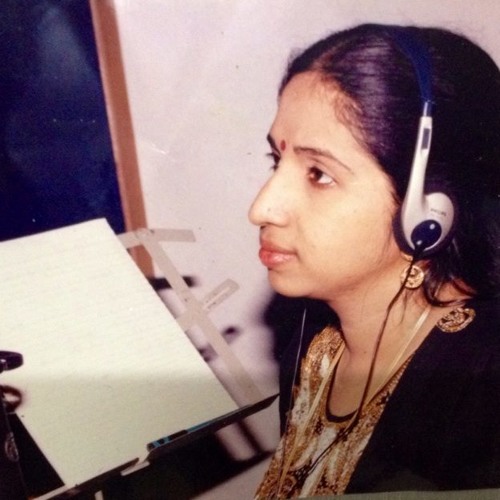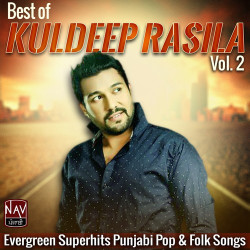

Here we go round the mulberry bush So early in the morning. Here we go round the mulberry bush, The mulberry bush, The mulberry bush. To play, kids hold hands and move around in a circle to alternating verses.

Similar to "The Wheels on the Bus," the nursery rhyme "Here We Go Round the Mulberry Bush" is also a singing game for children. Of 19 'Here We Go Round the Mulberry Bush' (1857) And his breeches made of haggis bags, of haggis bags, of haggis bags, And his breeches made of haggis bags, And his name was Aiken Drum. And his waistcoat was made of crust pies, of crust pies, of crust pies, And his waistcoat was made of crust pies, And his name was Aiken Drum. And his buttons made of penny loaves, of penny loaves, of penny loaves, And his buttons made of penny loaves, And his name was Aiken Drum. And his coat was made of good roast beef, of good roast beef, of good roast beef, And his coat was made of good roast beef, And his name was Aiken Drum. And his hat was made of good cream cheese, of good cream cheese, of good cream cheese, And his hat was made of good cream cheese, And his name was Aiken Drum. ChorusĪnd he played upon a ladle, a ladle, a ladle, And he played upon a ladle, and his name was Aiken Drum. There was a man lived in the moon, lived in the moon, lived in the moon, There was a man lived in the moon, And his name was Aiken Drum. Alternate versions of the song have different foods for pieces of clothing, such as hat, shoes, pants, and shirt, or instruments he played. "Aiken Drum" is a Scottish folk song and nursery rhyme that probably comes from "Aikendrum," a Jacobite song about the Battle of Sheriffmuir. Here are 19 well-loved children's folk songs, along with their lyrics and sheet music, for learning and singing along. Music education methods such as Orff and Kodaly use folk songs to teach important concepts, foster musicianship, and to respect musical heritage. Thus, these folk songs may have lyrics that are slightly different from those you are familiar with. In many instances, the lyrics to folk songs came from existing nursery rhymes or poems, and some of the nursery rhymes had variations, depending on region or time. A particular version of a song may become well known when a popular artist records it-or when versions are collected by archivists and historians in the field, such as Alan Lomax in the 1930s and 1940s, and those recordings are released. Individual songs may not have been written down immediately when first composed, and the author may be lost to time, making for many versions of long-loved tunes. Composers such as Percy Grainger, Zoltan Kodaly, and Bela Bartok were avid collectors of folk songs. Instruments commonly used in the genre include accordions, banjos, and harmonicas. It is often sung and played by musicians who may or may not be trained professionally. Kanthi Shilpadhipathi with her vibrant voice presents some of these songs.Folk music comprises traditional songs that have been handed down from generation to generation and represents a country's heritage.

These melodious songs make the New Year celebrations lively. Though the folk songs of the Sinhalese can still be heard in the remote villages, today, these songs are mostly sung as a form of cultural expression at festivals and occasionally for rituals.

Sweetest songs are those that speak of sad thoughts, for it was sorrow that produced great poetry. Kavi also accompany folk rituals.įolk songs comprise the loveliest poetry to be found in the Sinhala language, which were spontaneous feelings arising in simple minds of the people. There are also the lullabies used in inducing children to sleep. In olden days Sinhala villagers when they toiled in the paddy field, worked in plumbago mines, rowed boats, drove bullock carts, had a sweet song on their lips. Sri Lanka folk songs, called “Kavi”, originated as a way to pass time for the individual groups as they engaged in their work. Piyasara Shilpadhipathi explains the use of these drums, demonstrating drumming techniques and some Sri Lankan dancing. Tradition of drums (Bera=Drums) in Sri Lanka is believed to go as far back as 2,500 years, reference to which are found in some of the classical literature as Poojawaliya, Thupavansaya and Dalada Siritha.Īlthough there had been about 33 types of drums, today we find only about 10 and the rest are confined only to names.


 0 kommentar(er)
0 kommentar(er)
